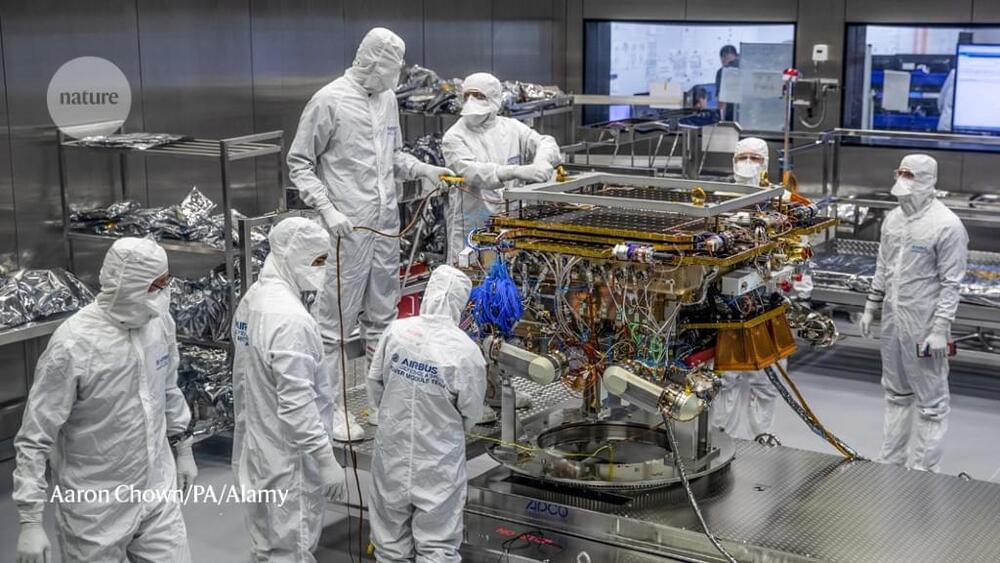Sanctions mean joint Russian-European ExoMars mission is likely to be postponed for a third time.





Autonomous drone mapping startup Emesent has announced its latest survey-grade LiDAR payload: Hovermap ST. The lightweight, IP65-rated solution is being launched with Emesent’s new Automated Ground Control feature that, the company stresses, enables autonomous data capture in harsher environments than ever and for a wider range of use cases.
Emesent’s LiDAR payloads leverage a process called simultaneous localization and mapping (SLAM), in which a drone builds a map and, at the same time, localizes the drone in that map.
The H+ Academy Roundtable presents “AGI: How it got started and key issues ahead” with Peter Voss and Ben Goertzel.

Thousands of cars—including Porsches, Volkswagens, and Lamborghinis—have gone down with the giant cargo ship Felicity Ace, which had been on fire in the Atlantic Ocean for nearly two weeks. A salvage operation was underway to take the roll-on-roll-off car carrier to a safe area off the Azores when it sank on Tuesday morning. The fire was out by the time the ship went under the waves.
The weather had been rough at the time, a spokesperson for Felicity Ace’s Japanese operator, Mitsui O.S.K. Lines transportation company, told Bloomberg. The ship sank after listing to starboard around 220 nautical miles off the Portuguese Azores archipelago at around 9 a.m. local time on March 1. Salvage craft remain posted at the site of the sinking to monitor the situation, according to a press release from the Felicity Ace Incident Information Centre.
Return of the optical drive.
Despite the year 2022, Pioneer has released a new SATA optical drive that will let you record data or video on high-precision BD-R media at up to 16x, as well as write and play back a very wide gamut of optical discs and media formats. Designed for built-in 5.25 inch drive bays, this drive is priced around $150.
BILLIONAIRE Mark Zuckerberg has revealed his thoughts on life and death in a recent podcast.
The Facebook founder and Meta Platforms CEO has plans to cure all diseases this century but has no desire to live forever.
Zuckerberg hasn’t had an ordinary life.
He founded Facebook when he was just 19 years old and became the youngest billionaire at just 23.

The Dongfeng E70 electric sedans were announced as the world’s first commercially available electric vehicles with a solid-state battery when they were delivered as part of a taxi fleet. Now the energy density of the E70’s battery pack and its range on a charge have been outed, and they are pretty run-of-the-mill.